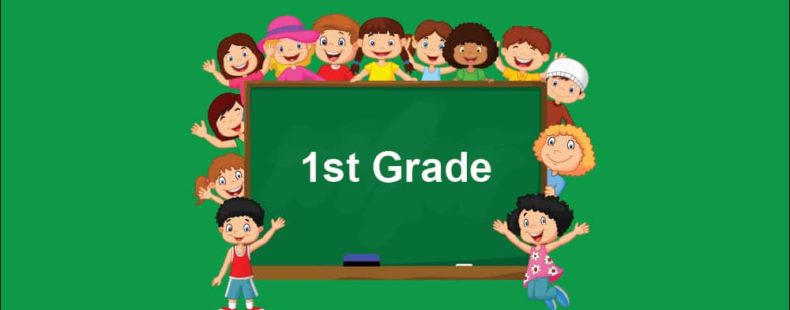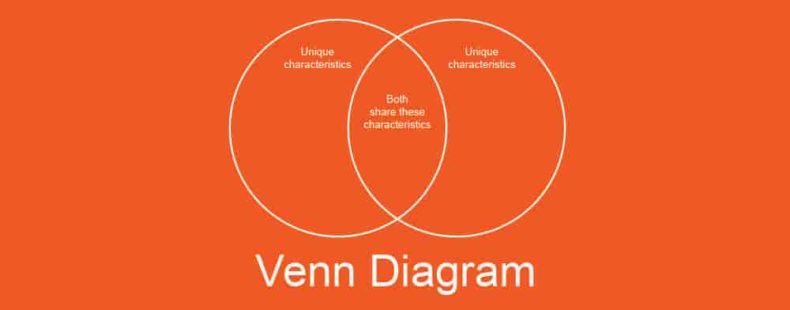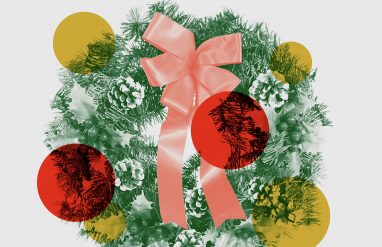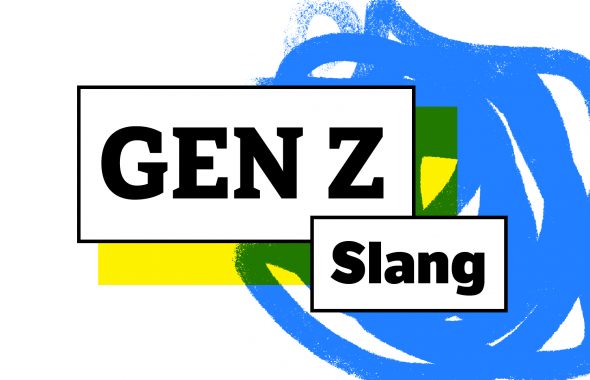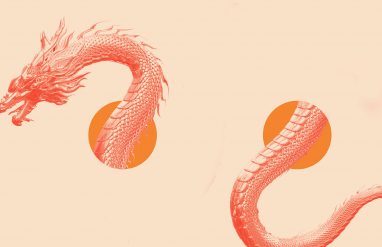First grade is your child’s first “big kid” year. Kindergarten was fun, but it’s time to get down to business. There are goals to accomplish this year, like reading and memorizing sight words, learning to count money and recognize shapes, and building independence that will take them through elementary school and beyond.
As a parent, you’ll notice that playtime is out and structure is in. First grade will implement a schedule for each day that centers more around learning and less around make-believe. Your new first grader will begin to come from school with a “take-home folder” that has homework (dun dun dun)!
It’s been a while since you’ve had to study some of the concepts they’re learning, so let’s go over them together! These are some terms that will appear on your first grader’s homework.
